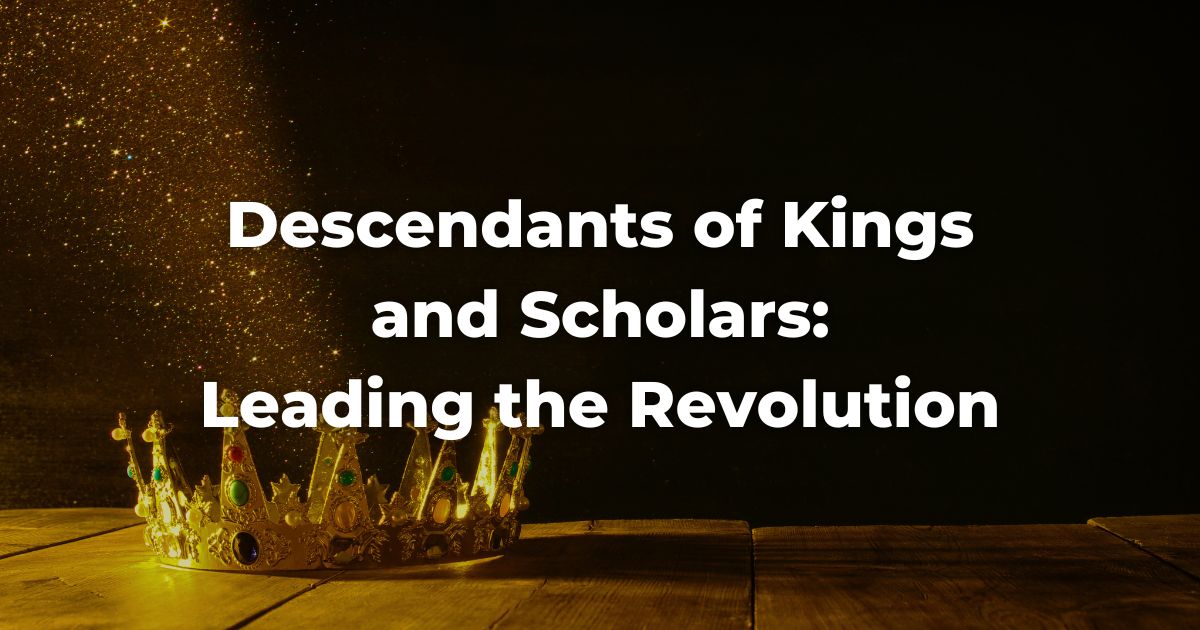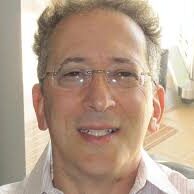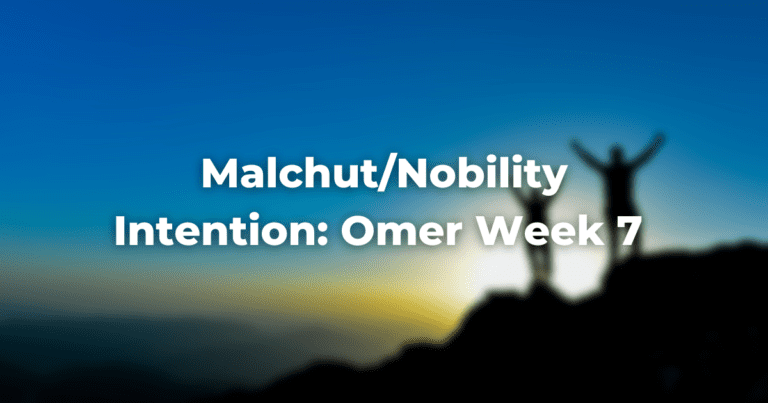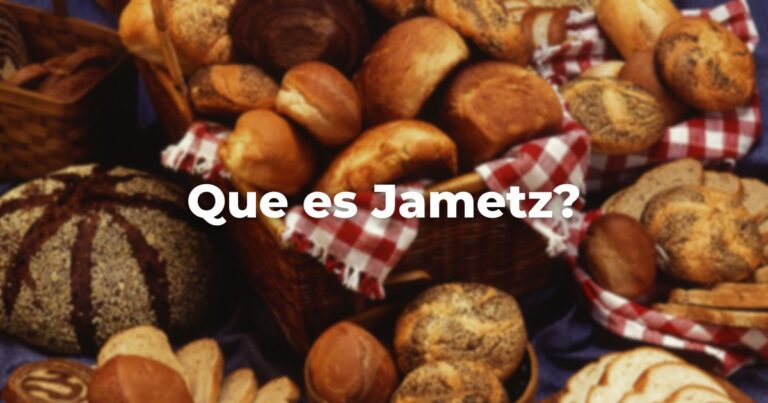Leaders of revolutions often hail from the upper classes or the intelligentsia. For example:
- Moses emerged from Pharaoh’s palace to lead Israel out of Egypt.
- Siddhartha Gautama, the Buddha, came from royal surroundings to teach India the Four Noble Truths.
- The Hungarian Peasants’ Rebellion of 1514 was led by the nobleman György Dózsa.
- The revolt against colonial Spain in Venezuela was led by Gaspar Yanga, a member of the royal family of Gabon. He is considered the first liberator of the Americas.
- The largest peasant revolt in Russia was Pugachev’s Rebellion from 1773-1775. Yemelyan Pugachev was an Army Lieutenant from the landed class.
- Maxmilien Robespierre, the leader in the French Revolution, was a lawyer.
- The founders of the United States were people of both means and learning.
- The American Revolution leader, the Marquis de Lafayette, was a French aristocrat.
- Simón Bolívar, a wealthy aristocrat, became the Liberator of South America.
- Vladimir Lenin’s father taught at the Penza Institute for the Nobility.
- Mao Zedong’s father was one of the wealthiest farmers in Shaoshan (Hunan Province).
Such figures “turned” on the class from which they came, much as Moses turned on his royal upbringing. Some eleven years before destroying the First Temple in Jerusalem, King Nebuchadnezzar sought to quell the rebellious Judeans by exiling the royal family and the upper classes to Babylonia. In the Purim story, it is consequential that both Mordecai and Haman descend from kings of their respective cultures. (From King Saul (Israel) and King Agag (Amalek), respectively. Mordecai descends from someone who was among those exiled by Nebuchadnezzar.)
Royalty and Scholarship
This background can help us understand a curious comment by the Sages on the Book of Esther. When the text states that “Haman took the garb and the horse and arrayed Mordecai,” the Rabbis assert that “Haman went and found the scholars sitting before Mordecai teaching them the laws of the kometz” (BT Megillah 16a). This comment portrays Mordecai as not only royalty but as a scholar, too.
What might we glean from the Rabbis’ depiction of Mordecai teaching such arcane laws?
And what, exactly, is the kometz? The kometz is the handful of flour taken off the meal offering and burned upon the altar. The rest of the meal offering is called shirayim, the remainder. How is it that the major portion of the meal is called the shirayim, the remainder, when only the kometz, the handful of fine flour, was taken off? Quantitatively there is indeed a contradiction of terms. But qualitatively the kometz is of such importance that when it is removed, the rest, albeit the majority, is only shirayim, leftovers.
People as kometz
Mordecai was teaching that a kometz, a handful of the community who are the finest of their group, their people, who are steadfast in their faith in the future, and ready to make sacrifices for their convictions and ideals, will always triumph. No wonder that Haman, who sought absolute power in Persia, wanted to destroy Mordecai the scholar, the outspoken leader of the dissidents, the fomenter of revolution against the Persian regime’s shift toward totalitarianism, a shift associated with Haman’s rise.
People who are raised with persons of substance as role models and whose own personalities suggest integrity and depth of character will follow a path of decency no matter their economic and educational level. This explains the call of so many leaders of social change and revolutions whose primary interest was to create a better world. This also explains the tendency of Jews to side with the oppressed, even when inconvenient. Jews have lived their values, spent time working for social change, given of their resources, time and money, to help better the lives of others. As Essayist Milton Himmelfarb famously observed, “Jews earn like Episcopalians and vote like Puerto Ricans.” We may be short-term pessimists, but we are also long-term optimists.
(See more: Himmelfarb (1918-2006) stated this at least as early as his 1969 analysis of how Jews voted in the 1968 presidential election in the March 1969 issue of Commentary magazine, linked here.)
This helps sharpen our understanding of what Haman’s wife Zeresh and friends meant when they asserted to Haman, “If Mordecai, before whom you have begun to fall, is of Jewish stock (mi-zera ha-Y’hudim), you will not overcome him; you will fall before him to your ruin.” Why the emphasis on mi-zera, “of Jewish stock,” (literally, “of Jewish seed/descent) and not just min ha-Y’hudim,” “Jewish?” (This literally means “from/among the Jews.”) Zeresh and Haman’s friends were emphasizing that if Mordecai is of that type of Jew whose commitment and engagement were not merely surface-deep but deeply rooted, growing from seeds of values, a descendant of those whose stature resided in their character, then he will overcome all obstacles and weather all storms. Mordecai’s strength of soul defeats Haman’s machinations. Every time.
Those involved in human rights and justice issues are, like Moses, Mordecai, and the leaders of all significant revolutions, the kometz, the finest products of their communities and of their peoples, even if they are a decided minority.
They are of great character; willing to surrender privilege and prestige, to suffer every indignity, in order to be free, to live free, and to transmit a free life to others. We might think of Rev. Dr. Martin Luther King, Jr., Rep. John Lewis, and other leaders of the Civil Rights Movement who, for example, campaigned for voting rights by marching in Selma.
The power and strength of the consecrated kometz, the dedicated few, is the eternal lesson of Purim.
When the first railroad was built in his town, the Kotzker Rebbe spent many hours watching the trains arriving and departing. Since Rabbi Menahem Mendel (Rabbi Menahem Mendel Morgensztern (1787-1859) was a Hassidic leader in Kotzk, in eastern Poland) was known to be cognizant of every minute lost from TorahRefers to the first five books of the Hebrew Bible, the Tanakh, also called the Five Books of Moses, Pentateuch or the Hebrew equivalent, Humash. This is also called the Written Torah. The term may also refer to teachings that expound on Jewish tradition. Read more study, his followers asked him why he spent so much time watching the trains. He replied: “These trains have taught me a great moral lesson. I have seen how ein heiser ken shlepen viel kalte, one steam locomotive has the power to pull a large number of heavy and cold freight cars.”
These are the kometz, who inhabit our world. If we can’t be a kometz ourselves, may we recognize those who are, have the courage to shape our character and conscience accordingly, and live better, deeper lives because of them.
Hag Purim samei-ach! A joyful but meaningful Purim!
Author
-

Rabbi Dr. J.B. Sacks (he/him) is the spiritual leader of Congregation Beth Shalom (Palm Desert, California). The first openly LGBTQ+ rabbi in the Conservative Movement, Rabbi Sacks is an advocate for inclusion in Jewish life and social justice. His most recent publication is Psalms in the Key of Healing. Rabbi Sacks is the eighteenth generation of rabbis on his mother’s side and lives with his husband Steven Karash in Palm Desert, California. They have an adult son, Evan.
View all posts






